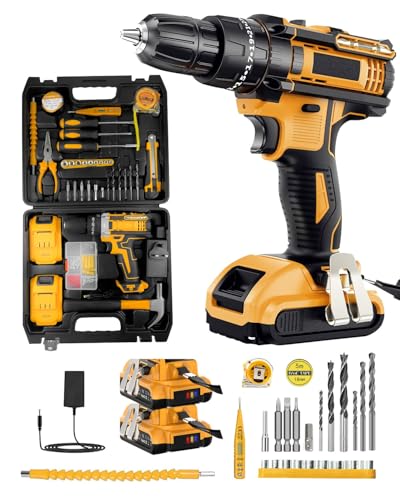




Putting a washing machine in a cupboard can be a convenient solution for those with limited space in their homes. However, it’s important to consider a few factors before making this decision. In this article, we’ll provide expert advice and tips on whether it’s possible to install a washing machine in a cupboard.
Firstly, it’s crucial to check if the cupboard is suitable for holding a washing machine. The cupboard should be spacious enough to accommodate the dimensions of the machine, allowing for proper ventilation and easy access for maintenance. Additionally, the cupboard should be sturdy enough to support the weight of the machine and dampen any vibrations during the wash cycle.
Secondly, plumbing and electrical considerations must be taken into account. Ensure that the cupboard has the necessary connections for water supply, drainage, and electrical outlets. It’s essential to consult a professional plumber and electrician to assess the feasibility and safety of the installation. They can provide expert advice on any modifications or adjustments that may be required.
Lastly, noise reduction is another aspect to consider when placing a washing machine in a cupboard. The enclosed space may amplify the sound of the machine’s operation, causing a disturbance in nearby areas. To mitigate this, consider installing noise insulation materials within the cupboard, such as foam or rubber padding. This can help reduce vibrations and absorb noise, creating a more peaceful environment.
Overall, while it is possible to put a washing machine in a cupboard, it’s essential to carefully evaluate the suitability of the space and consult professionals for guidance. By taking these factors into consideration and following expert advice, you can successfully install a washing machine in a cupboard, optimizing space and enhancing the functionality of your home.
Can You Put a Washing Machine in a Cupboard?
Putting a washing machine in a cupboard can be a convenient solution for those who have limited space in their homes. It allows you to hide the washing machine when it’s not in use and keep it out of the way. However, there are some things you need to consider before doing so.
Size and Ventilation
The first thing to consider is the size of the cupboard. Washing machines come in various sizes, so make sure the cupboard is big enough to accommodate the machine comfortably. You also need to ensure that the cupboard has proper ventilation to prevent the washing machine from overheating.
Access and Plumbing
Another important factor to consider is access to the washing machine. Make sure that you have easy access to the machine for loading and unloading. Additionally, you need to ensure that there is a water source and a drain nearby, as the machine will require plumbing connections.
Noise and Vibration

Washing machines can be noisy and produce vibrations during the spin cycle. If you decide to put a washing machine in a cupboard, it’s important to consider the noise and vibration levels. Make sure that the cupboard is properly soundproofed to minimize the noise and vibrations.
Fire Safety
Lastly, it’s important to consider fire safety when placing a washing machine in a cupboard. Washing machines can pose a fire hazard if not properly maintained or if there is a malfunction. Ensure that the cupboard is fire-resistant and that there is adequate space around the machine to prevent any potential fire risk.
In conclusion, it is possible to put a washing machine in a cupboard, but there are several factors to consider. The size and ventilation of the cupboard, access and plumbing requirements, noise and vibration levels, and fire safety all need to be taken into account. If done properly, placing a washing machine in a cupboard can be a great space-saving solution.
Expert Advice on Installing a Washing Machine in a Cupboard
Choose the Right Cupboard
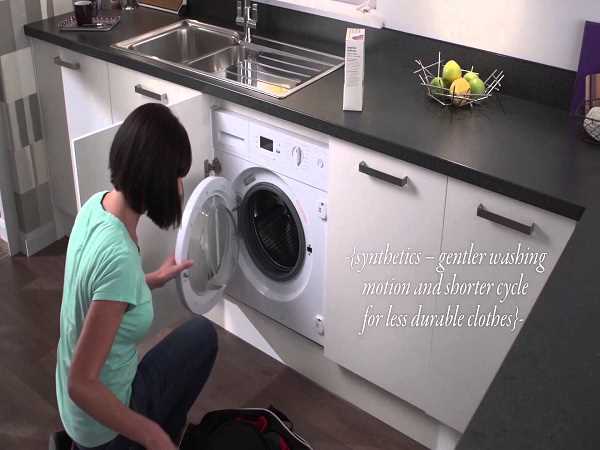
When installing a washing machine in a cupboard, it is important to choose the right cupboard that can accommodate the size and weight of the machine. Consider the dimensions and weight of the washing machine and ensure that the cupboard is sturdy enough to support it.
Proper Ventilation
Adequate ventilation is crucial when installing a washing machine in a cupboard. Ensure that the cupboard has proper ventilation to prevent the machine from overheating and to allow for proper air circulation. This can help prolong the lifespan of the machine and prevent any potential damage caused by heat buildup.
Water Supply and Drainage
Make sure there is a water supply and drainage system available or nearby the cupboard to connect the washing machine. Check if the cupboard has access to a water source, such as a nearby sink or plumbing lines, and if there is a suitable drainage system in place to dispose of the wastewater.
Electrical Connections
Ensure that there is a suitable electrical outlet near the cupboard to connect the washing machine. Check the voltage requirement and ensure that the cupboard has access to the appropriate electrical connections. It is important to consult a professional electrician to ensure the safety and compatibility of the electrical connections.
Consider Noise and Vibration
Washing machines can produce noise and vibrations during operation. When installing a washing machine in a cupboard, consider the impact this may have on the surrounding space. Choose a cupboard with sound dampening materials or consider adding additional insulation to minimize noise and vibration.
Proper Maintenance
Regular maintenance is important to keep the washing machine functioning properly. When installed in a cupboard, it may be more difficult to access the machine for maintenance and repairs. Make sure to plan ahead and create easy access to the machine, allowing for easy maintenance and servicing.
Consult a Professional
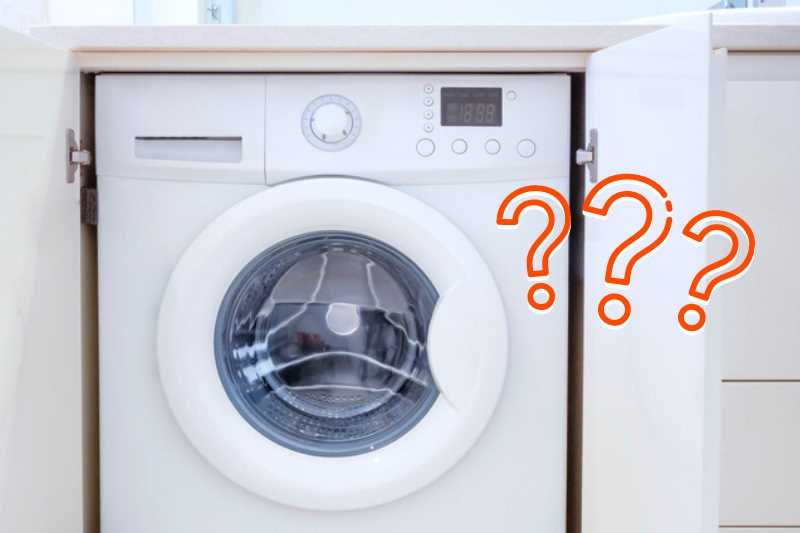
If you are unsure about installing a washing machine in a cupboard or if you encounter any challenges along the way, it is best to consult a professional. An expert can provide guidance, assess the feasibility of the installation, and ensure that it is done safely and correctly.
Conclusion
Installing a washing machine in a cupboard can be a convenient way to save space and integrate the machine into your home design. However, it is important to consider the practical and safety aspects of the installation. Choose the right cupboard, ensure proper ventilation, water supply, drainage, and electrical connections, and consider noise and vibration. Regular maintenance and consultation with a professional can help ensure a successful and safe installation of a washing machine in a cupboard.
Considerations for Putting a Washing Machine in a Cupboard
If you have limited space in your home, you may be considering the option of placing your washing machine in a cupboard. While this can be a convenient solution, there are several important considerations to keep in mind before proceeding with this setup.
1. Size and Measurements
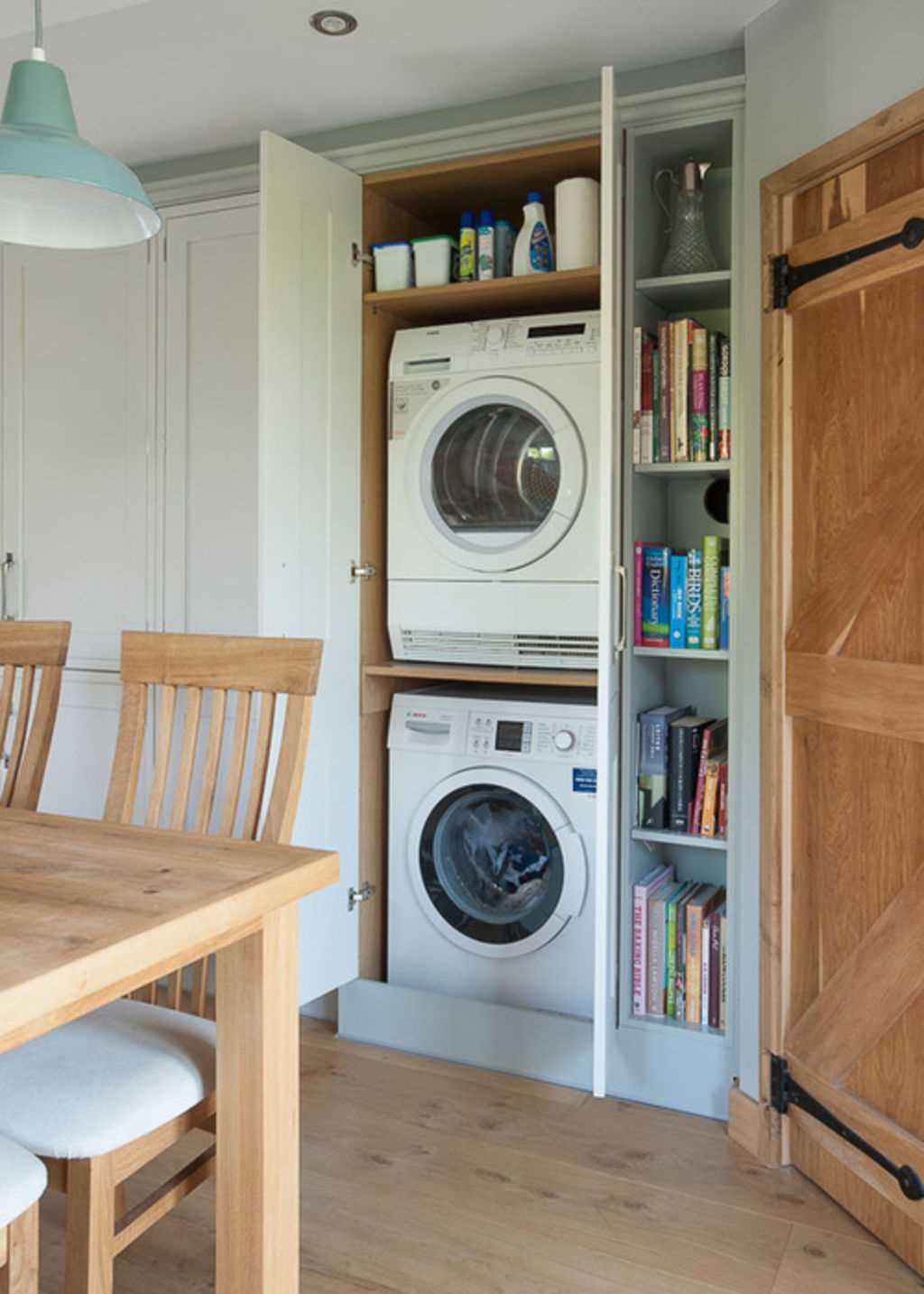
Before placing a washing machine in a cupboard, it is crucial to carefully measure the dimensions of both the machine and the cupboard. Ensure that the cupboard is large enough to accommodate the washing machine comfortably, allowing for proper ventilation and easy access for maintenance.
2. Ventilation
Proper ventilation is essential when placing a washing machine in a cupboard. The machine generates heat during operation, and without adequate ventilation, it can overheat and potentially cause damage. Make sure the cupboard has sufficient airflow to allow the washing machine to cool down effectively.
3. Plumbing and Electricity
Consider the proximity of water and electricity sources when planning to install a washing machine in a cupboard. Ensure that there is accessible plumbing for connecting the machine to the water supply and drainage system. Additionally, make sure there is an electrical socket nearby to power the machine.
4. Noise and Vibration
Washing machines can produce noise and vibrations, especially during the spin cycle. Placing the machine in a cupboard can amplify these sounds, causing disturbances in nearby rooms. To minimize noise, consider adding soundproofing materials to the cupboard walls or opting for a washing machine with advanced noise reduction features.
5. Accessibility
Consider how easy it will be to access the washing machine when it is placed in a cupboard. Ensure that there is enough space around the machine for you to open the door fully and load and unload laundry comfortably. Additionally, ensure that there is enough space for maintenance and repairs if needed.
6. Consider Professional Installation
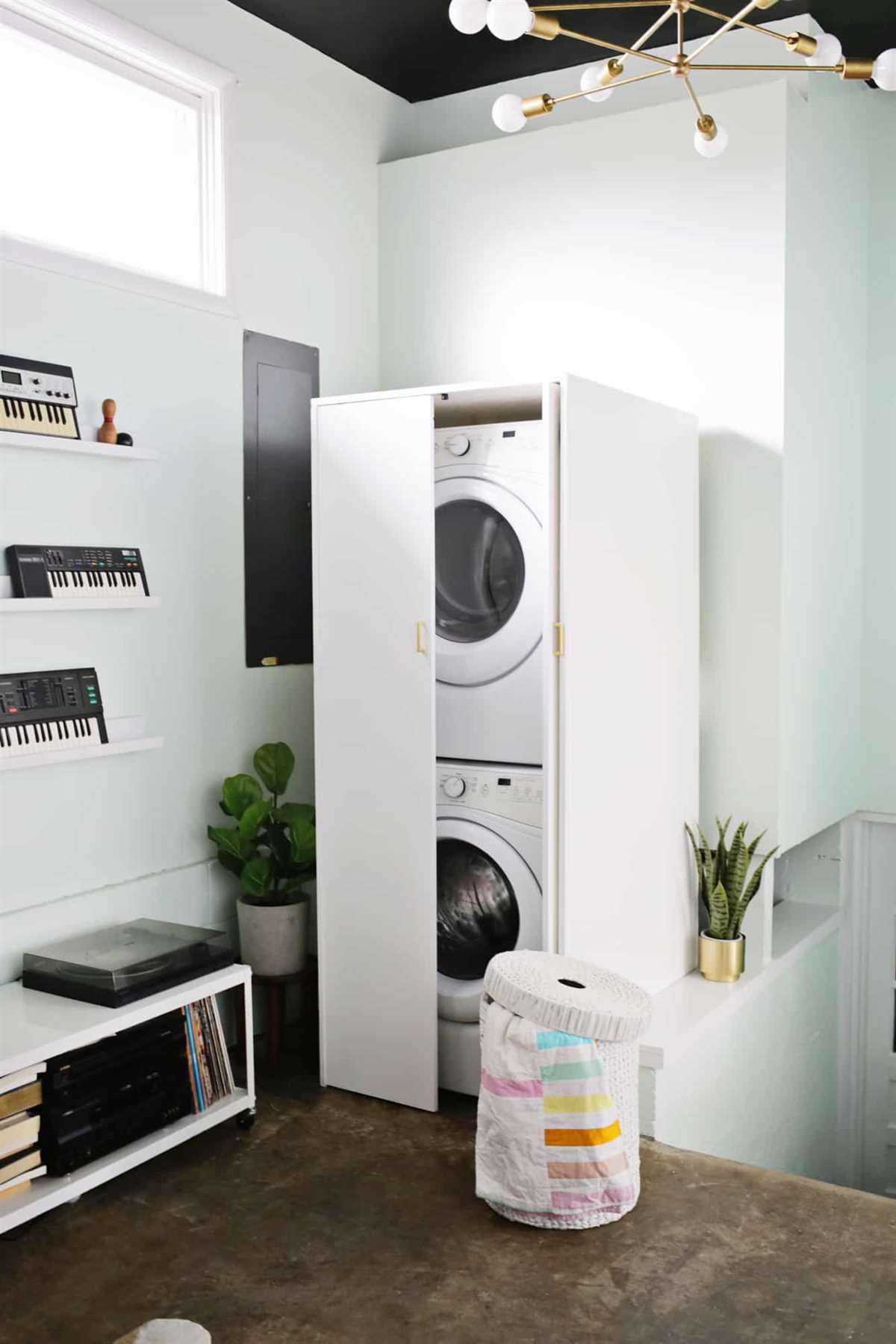
If you are unsure about the feasibility of placing a washing machine in a cupboard or have concerns about any of the considerations mentioned above, it is recommended to seek professional advice or assistance. They can assess your specific situation, address any concerns, and provide guidance on the best course of action.
By carefully considering these factors, you can determine whether placing a washing machine in a cupboard is a suitable option for your home. Always prioritize safety, functionality, and convenience when making this decision.
Space Requirements for a Washing Machine in a Cupboard

When considering placing a washing machine in a cupboard, it’s essential to ensure that the space meets the necessary requirements for proper installation and operation. Here are some important factors to consider:
Dimensions
The cupboard should have enough space to accommodate the dimensions of the washing machine. Check the specifications provided by the manufacturer for the exact measurements of the machine you intend to install. This includes the height, width, and depth of the washing machine.
Ventilation
Ventilation is crucial to prevent heat buildup and allow proper airflow around the washing machine. Make sure there is sufficient space around the machine for air to circulate and for the vents to function effectively. Avoid placing the machine in an enclosed cupboard with limited airflow, as this can result in overheating and potential damage to the appliance.
Water supply and drainage
Adequate water supply and drainage facilities should be available within the cupboard for the washing machine to function properly. Ensure that there is a water supply connection and appropriate drainage access for wastewater disposal. It’s also essential to confirm that the water pressure meets the requirements specified by the appliance manufacturer.
Noise and vibrations
Washing machines can produce noise and vibrations during operation. To minimize disturbance, consider using anti-vibration pads or mounting the machine on a stable surface within the cupboard. This will help reduce vibrations and prevent unnecessary noise transmission to other parts of the house.
Electrical access
Make sure there is a nearby electrical outlet accessible within the cupboard to connect the washing machine. Check the electrical requirements of the machine, such as voltage and wattage, and ensure the outlet meets those specifications. It’s essential to have a professional electrician install any necessary electrical connections to ensure safety.
Accessibility
Consider the ease of access to the washing machine for maintenance and repairs. It’s important to have enough room around the machine to allow for easy servicing if needed. If the machine is in a tight space, it may be challenging to perform routine tasks effectively, such as cleaning the filter or replacing parts.
Weight-bearing capacity
Verify that the cupboard’s structure can support the weight of the washing machine. Washing machines can be heavy, especially when filled with water and clothes. Ensure that the cupboard’s shelves or floor are strong enough to handle the weight to avoid potential damage or accidents.
By considering these space requirements, you can ensure that your washing machine is safely and effectively placed within a cupboard, making efficient use of available space while maintaining performance and functionality.
Tips for Maximizing Efficiency of a Washing Machine in a Cupboard

1. Proper Ventilation
One of the most important things to consider when placing a washing machine in a cupboard is proper ventilation. Without adequate airflow, the machine can overheat and its performance can be compromised. Ensure that there is enough space around the machine for air to circulate freely. You can also consider installing a small fan or ventilation system to help with airflow.
2. Adequate Space
While a washing machine can fit in a cupboard, it is important to make sure that there is enough space for the machine to function properly. Measure the dimensions of your washing machine and compare it with the dimensions of the cupboard. Leave at least a few inches of space on all sides to allow for proper installation and maintenance.
3. Strong and Stable Floor
Make sure that the floor of the cupboard is strong and stable enough to support the weight of the washing machine. A weak or unstable floor can lead to vibrations and excessive noise during the wash cycle. If necessary, reinforce the floor or consider placing a washer-dryer stand or mat for added stability.
4. Access to Water and Drainage

Ensure that there is proper access to water and drainage for the washing machine. This may require some plumbing work, such as installing additional pipes or creating a hole in the cupboard for the water and drainage connections. Consult a plumber or a professional for proper installation to avoid any leaks or damage.
5. Noise Reduction
Washing machines can be noisy during operation, especially if they are placed in a confined space like a cupboard. Invest in noise reduction measures such as installing acoustic panels or using anti-vibration pads to minimize the noise. You can also consider running the machine during times when the noise won’t be a disturbance, such as when you are out or during the day when you are less likely to be bothered by it.
6. Regular Maintenance
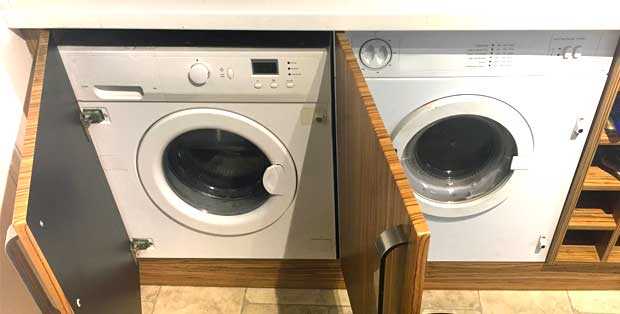
To ensure the efficient and long-lasting performance of your washing machine, regular maintenance is essential. Clean the machine regularly, check for any blockages in the hoses, and make sure to follow the manufacturer’s instructions for maintenance and care. This will help prevent any issues and ensure that your machine functions optimally.
7. Safe Electrical Connections

When placing a washing machine in a cupboard, make sure that the electrical connections are safe and up to code. Hire a professional electrician to install the necessary outlets and ensure that the wiring can handle the electrical load required by the machine. Improper wiring can result in electrical hazards, so it’s important to prioritize safety.
8. Consider a Washer-Dryer Combo
If you don’t have enough space for a separate washing machine and dryer, consider investing in a washer-dryer combo. These units can be placed in a cupboard and offer the convenience of both washing and drying in a single appliance. However, keep in mind that a washer-dryer combo may have limitations in terms of capacity and drying efficiency.
| Related Articles |
|---|
| Can You Put a Washing Machine in a Cupboard? Expert Advice and Tips |
| Washing Machine Maintenance and Tips |
| How to Install a Washing Machine: Step-by-Step Guide |
Pros and Cons of Putting a Washing Machine in a Cupboard
Pros:
- Space-saving: Having a washing machine in a cupboard maximizes the use of available space in your home.
- Neat appearance: By concealing the washing machine behind cupboard doors, you can create a cleaner and more organized look in your laundry area.
- Noisy operation is reduced: Placing the washing machine in a cupboard can help muffle the noise it makes during operation, making it less disruptive in your living space.
- Protection from damage: The cupboard provides an extra layer of protection, shielding the washing machine from accidental bumps or other potential damages.
Cons:
- Air circulation and ventilation: A cupboard might restrict air circulation around the washing machine, which can affect its performance and efficiency.
- Access and maintenance: Placing a washing machine in a cupboard may make it more difficult to access for loading and unloading laundry, as well as for performing maintenance tasks.
- Noise transfer: While a cupboard can help reduce noise, it may also transfer vibrations from the washing machine to the surrounding structure, potentially causing additional noise issues.
- Heat buildup: Without proper ventilation, a washing machine in a cupboard can generate heat, leading to potential overheating and reduced durability.
- Plumbing and electrical considerations: Ensure that the plumbing and electrical connections can be properly routed to the cupboard location, as this may require additional modifications or professional assistance.
Before deciding to put a washing machine in a cupboard, it’s important to carefully consider these pros and cons. Assess your specific needs and the available space in your home to make an informed decision that suits your lifestyle and requirements.
FAQ
Can I put a washing machine in a cupboard?
Yes, you can put a washing machine in a cupboard. It’s important to make sure that the cupboard is properly ventilated and has enough space for the washing machine to function properly.
What should I consider before putting a washing machine in a cupboard?
Before putting a washing machine in a cupboard, you should consider the ventilation, water supply, and drainage requirements. The cupboard should have proper ventilation to prevent moisture build-up, a water supply connection for the washing machine, and a suitable drainage system.
How can I ensure proper ventilation for a washing machine placed in a cupboard?
To ensure proper ventilation for a washing machine in a cupboard, you can consider installing vents or ventilation fans. These will help to circulate air and prevent moisture build-up. It’s also important to leave enough space around the washing machine for airflow.
What is the minimum space requirement for putting a washing machine in a cupboard?
The minimum space requirement for putting a washing machine in a cupboard may vary depending on the specific model, but generally, you should leave at least 2-3 inches of space on all sides of the washing machine for proper ventilation and operation.
Are there any specific plumbing requirements for placing a washing machine in a cupboard?
Yes, there are specific plumbing requirements for placing a washing machine in a cupboard. You will need a water supply connection for the washing machine and a suitable drainage system to ensure proper functioning. It’s important to consult a professional plumber to ensure that the plumbing is done correctly.
Can a washing machine be placed in a cupboard?
Yes, a washing machine can be placed in a cupboard. However, there are certain considerations that need to be taken into account, such as the size and dimensions of the cupboard, as well as proper ventilation and access to water and drainage points.
What are the dimensions required to fit a washing machine in a cupboard?
The dimensions required to fit a washing machine in a cupboard vary depending on the size of the machine. However, a standard washing machine is typically around 60cm wide, 60cm deep, and 85cm high. It is important to ensure that the cupboard has enough space to accommodate these dimensions, along with any necessary additional space for ventilation and access.












